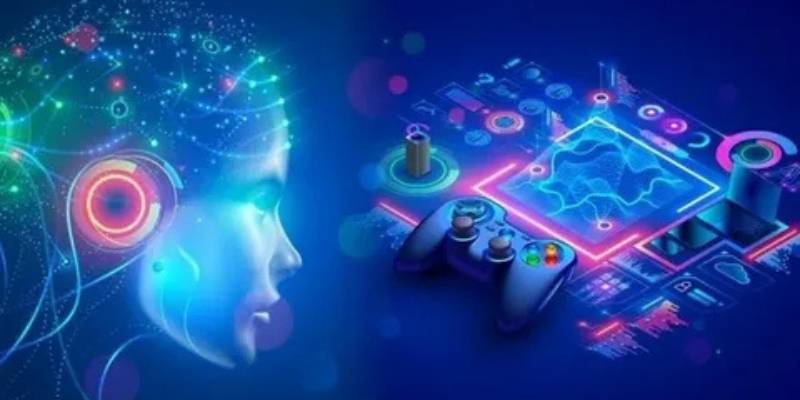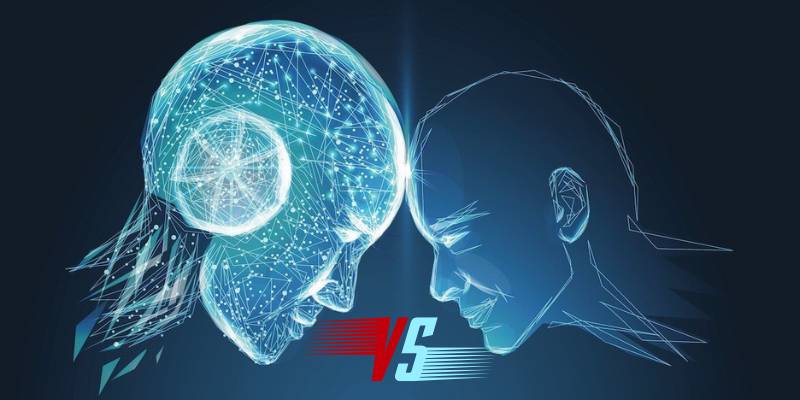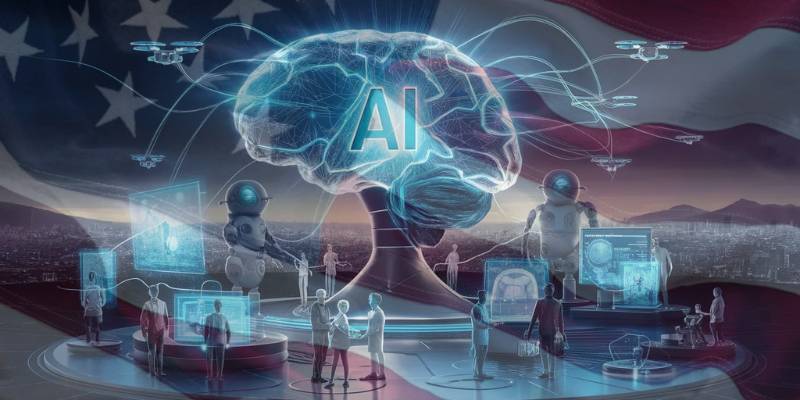It’s not every day that two industry giants decide to shake up the way worlds are built.
But that’s exactly what’s happening as Stability AI and Electronic Arts join forces to co-develop generative AI tools for game creation, an alliance that could change how virtual worlds are designed, textured, and imagined altogether.
The collaboration, first reported by PocketGamer.biz, hints at a future where developers can generate detailed environments, objects, and even full gameplay scenarios from a few lines of natural language.
Imagine describing “a neon-lit city with rain-soaked streets and echoing alleyways” — and seeing it materialize on screen in seconds.
That’s not science fiction anymore; it’s the direction AI-assisted creativity is heading.
Earlier this month, NVIDIA unveiled new AI-powered tools for real-time rendering in game engines, further blurring the line between artistry and automation.
Suddenly, it feels like everyone’s racing to build the painter that paints itself.
Of course, with that excitement comes a healthy dose of unease. Some artists worry that generative models could dilute the craft, or worse, sideline creative jobs.
It’s a fair concern, echoed in global discussions about AI’s role in media and art — conversations reignited by UNESCO’s call for stronger digital literacy around AI-generated content.
Creativity, they argue, still needs curation, context, and human messiness — things that no algorithm has quite nailed.
Still, if handled right, partnerships like this could democratize game development.
Smaller studios might soon have access to tools that once required massive budgets and teams.
We’ve already seen glimpses of this shift in other corners of entertainment, with OpenAI’s integration into Google’s generative AI infrastructure showing how creative production pipelines are evolving beyond traditional software.
It’s less about replacing artists and more about supercharging them.
The truth is, this move from EA and Stability AI feels like the start of something larger — a creative re-wiring of the gaming industry itself.
The tools may be new, but the impulse isn’t: to imagine faster, to build better, to bring stories to life in ways that surprise even their creators.
Whether that ends up being magic or mayhem depends on how we use it. Personally, I hope it’s both — because that’s when technology gets truly interesting.


